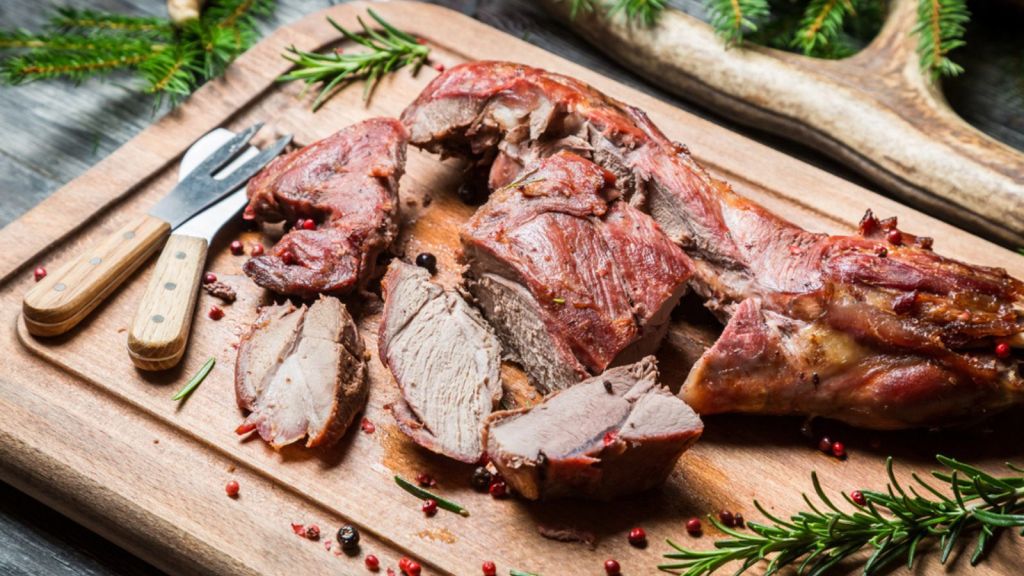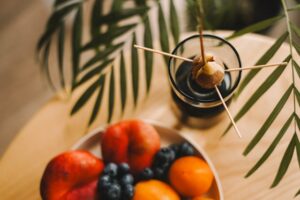“Discover the Surprising Dishes That Fueled the First Thanksgiving Feast!”
The nuts likely added a satisfying crunch to the meal and were valued for their high-calorie content. These gathered treats remind us that not all food came from fields– some were found in the wild.
8. Berries


While cranberries weren’t served as a sauce, wild berries like cranberries and blueberries may have been present. These berries were easy to gather and offered a natural touch of sweetness.
Fresh or dried, the berries added a bit of tartness to balance the richer flavors of meat and fish. They contributed to the diversity of flavors and resources that the Wampanoag shared with the Pilgrims.
9. Grapes


Native grapes, smaller and tarter than today’s varieties, were another possible dish. They could be eaten fresh or dried as raisins, a practical way to enjoy fruit beyond the harvest season.
Grapes would’ve provided vitamins and a bit of sweetness, showing how nature’s bounty contributed to the first Thanksgiving meal.
10. Onions and Leeks


Onions and wild leeks, also called ramps, were common in the area. These flavorful vegetables could be added to stews or roasted with other dishes, adding a savory depth.
Wild onions and leeks brought familiar flavors to the meal, bridging old and new culinary traditions. They were a taste of home for the Pilgrims, made new in the landscape of New England.
11. Turnips


Turnips were familiar to the Pilgrims from their lives in England and were likely cultivated in Plymouth. These hardy root vegetables could be boiled, roasted, or mashed, offering a reliable, filling side.













